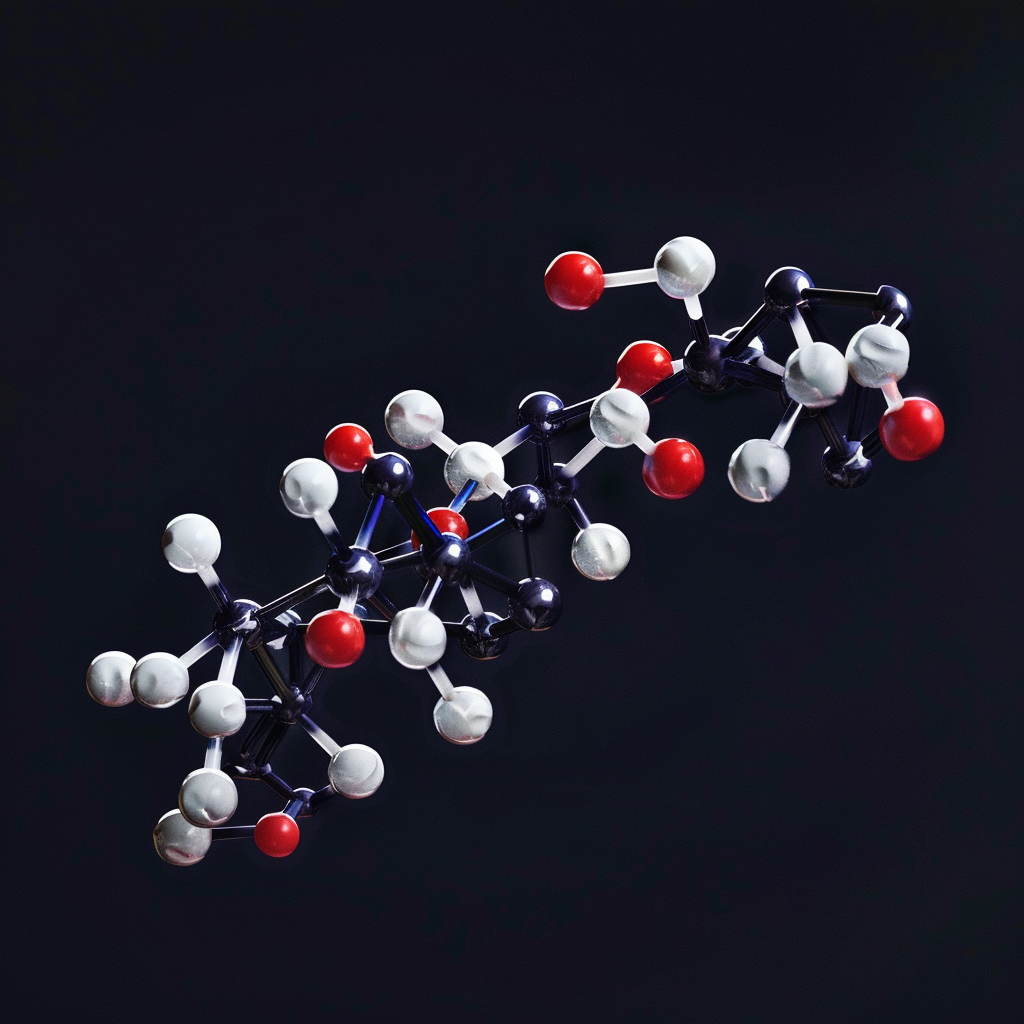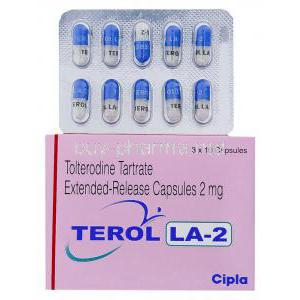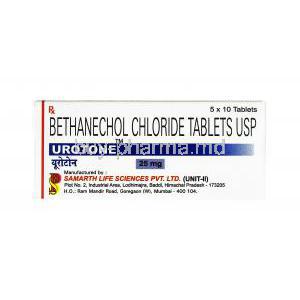Prulifloxacin
- I. Introduction to Prulifloxacin
- II. Composition of Prulifloxacin
- III. Mechanism of Action: How Prulifloxacin Works
- IV. Uses of Prulifloxacin
- V. Off-Label Uses of Prulifloxacin
- VI. Dosage and Administration
- VII. Side Effects of Prulifloxacin
- VIII. Important Precautions and Warnings
- IX. Interactions with Other Medications
- X. Contraindications
- XI. Administration in Special Populations
- XII. Managing Overdosage
- XIII. Storage and Handling Precautions
- XIV. Careful Administration
I. Introduction to Prulifloxacin
Prulifloxacin, an antibiotic in the fluoroquinolone class, has been meticulously crafted to combat a wide range of bacterial infections effectively. It combines properties with broad spectrum activity against both Gram positive and Gram negative bacteria. The journey of Prulifloxacin from its creation to approval highlights the research and clinical trials it underwent. Developed in the 20th century this medication went through thorough evaluation before being approved in multiple countries for treating various bacterial infections marking a significant advancement in antimicrobial therapy. With its introduction, Prulifloxacin has provided healthcare professionals with an alternative for tackling infections that show resistance to traditional antibiotics. Comparative studies have demonstrated its effectiveness and safety profile making it a preferred option, for specific bacterial infections.
II. Composition of Prulifloxacin
The active ingredient, Prulifloxacin is a prodrug that transforms into its state ulifloxacin upon being taken orally. This process helps in targeting and destroying bacterial DNA gyrase and topoisomerase IV, which are crucial enzymes for bacterial DNA replication.
Prulifloxacin is combined with pharmaceutical excipients to improve its stability, bioavailability, and patient adherence. These excipients include diluents, disintegrants and coating agents carefully chosen to enhance the drugs properties and therapeutic effectiveness.

III. Mechanism of Action: How Prulifloxacin Works
A. How Prulifloxacin Affects Bacterial Cells; When activated Prulifloxacin works to kill bacteria by blocking DNA gyrase and topoisomerase IV. This leads to changes in the DNA structure, ultimately stopping bacterial replication and causing cell death.
B. Absorption, Distribution, Metabolism and Excretion of Prulifloxacin; The way Prulifloxacin moves through the body involves absorption, widespread distribution to areas of infection and transformation into its active form called ulifloxacin through metabolism.
The drug is mostly eliminated through the kidneys emphasizing the need for dosage adjustments, in cases of kidney impairment.
IV. Uses of Prulifloxacin
-
- Prulifloxacin is approved for the treatment of:
- Uncomplicated and complicated urinary tract infections.
- Community-acquired respiratory tract infections in Italy.
- Gastroenteritis, including infectious diarrheas, in Japan12.
- Prulifloxacin is approved for the treatment of:
-
Range of Bacterial Sensitivity:
- Prulifloxacin demonstrates effectiveness against various bacteria, including:
- Escherichia coli.
- Klebsiella pneumoniae.
- Staphylococcus saprophyticus1.
- Prulifloxacin demonstrates effectiveness against various bacteria, including:
V. Off-Label Uses of Prulifloxacin
Emerging Therapeutic Uses Apart from its approved uses Prulifloxacin has displayed potential in addressing different infections as an alternative option thanks to its wide ranging effectiveness and favorable safety record.
Supporting Evidence from Studies An increasing amount of research and clinical trials has started to shed light on the possibilities of utilizing Prulifloxacin for, off label purposes endorsing its application in conditions not covered by approvals.
VI. Dosage and Administration
Recommended Dosages for Conditions; The prescribed amount of Prulifloxacin differs depending on the type of infection being addressed usually falling within the range of 300 to 600 mg per day administered once daily. The severity of the infection determines the duration of treatment how the patient responds clinically.
Dosage Adjustments: Adjustments in dosage may be necessary for patients with hepatic impairments. Guidelines for Administration; Prulifloxacin should be taken orally with or, without food following the recommended dosages to achieve therapeutic results and minimize potential side effects.

VII. Side Effects of Prulifloxacin
A. Common Side Effects:
- Issues with the digestive system
- Skin reactions
- Effects on the nervous system
B. Serious Adverse Effects:
- Tendinitis and tendon rupture
- Prolongation of QT interval
VIII. Important Precautions and Warnings
A. Prulifloxacin has warnings about the risks of tendinitis and tendon rupture, as well as QT prolongation. Monitoring patients and educating them about these potential side effects is crucial.
B. Specific precautions should be taken for groups: Elderly individuals, Pregnant women and nursing mothers, Children
IX. Interactions with Other Medications
A. Drug Interactions The effectiveness and safety of Prulifloxacin can be affected when taken along with medications. Meaningful interactions to consider are; Antacids and Iron Supplements; These may hinder the absorption of Prulifloxacin so it's best to take them least two hours before or, after Prulifloxacin. NSAIDs and Corticosteroids; Using these together may increase the risk of CNS stimulation and seizures so caution and monitoring are necessary.
B. Risk of QT Interval Prolongation Taking Prulifloxacin could raise the chances of QT interval prolongation, a heart rhythm disorder. This risk is higher when combined with drugs known to prolong the QT interval, emphasizing the importance of carefully choosing concurrent medications.
X. Contraindications
XI. Administration in Special Populations
- Elderly Patients; Factors to Consider and Adjustments In older individuals, adjustments in medication dosage are necessary to minimize potential side effects due to the decline in kidney function. Additionally, elderly patients may have increased sensitivity to fluoroquinolones, which calls for monitoring.
- Pregnant Women and Nursing Mothers; Safety Considerations Prulifloxacin falls under FDA Pregnancy Category C, indicating that its safety during pregnancy and breastfeeding has not been definitively determined. Therefore it should only be used when the benefits outweigh the risks.
- Children; Dosage Recommendations and Safety Concerns The safety and effectiveness of Prulifloxacin in children have not been established, making its use, in populations contraindicated.

XII. Managing Overdosage
- Symptoms of taking much Prulifloxacin may manifest as feelings of dizziness, disorientation, shaking and digestive issues. In instances it could result in seizures and sudden kidney failure. If an overdose occurs, seeking medical attention is crucial.
- Treatment focuses on addressing symptoms and providing support since no antidote is available. Key actions include maintaining airways monitoring kidney function and vital signs closely and considering dialysis when needed.
XIII. Storage and Handling Precautions
Storage Guidelines: Prulifloxacin should be kept in a dry place at room temperature to maintain its effectiveness. Healthcare providers and patients need to follow the advised storage conditions and expiration dates to avoid any deterioration in quality.
XIV. Careful Administration
Regularly checking the kidney and liver functions along with heart health is recommended when undergoing long-term treatment to identify any negative reactions. It's essential to educate patients on how to take Prulifloxacin potential side effects and the significance of finishing the entire treatment, for best results and reducing resistance risks.









